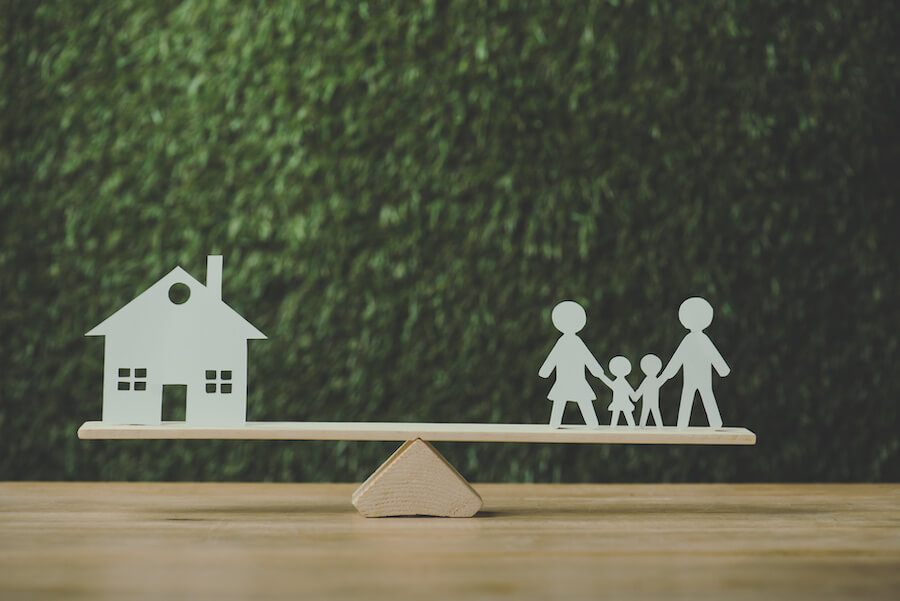Table Of Content
- Let Your Business Soar to Success with These 10 Amazing Airline Logos
- The 4 Types of Balance in Art and Design
- Balance in Art: Definition, Examples & Guide
- The Importance of Balance in Graphic Design (Ultimate Guide)
- Being A Creative Agency, We Love To Reinvent Brands With Our Design Services.
- Chanel Logo
- Visual Aesthetics

But to do this without losing out on the overall balance they tend to have a large area of solid color or smooth texture. And they combine this with a small area, or areas, consisting of an interesting texture. This automatically creates a balanced effect despite the combination of textures in the other areas. With mosaic balance, designers can also play with proportion and scale. Even though some elements may be small and some enlarged they will not come across as overpowering when placed together in a busy layout.
Let Your Business Soar to Success with These 10 Amazing Airline Logos
In this kind of balance, visual elements will radiate from a center point. In other words there are multiple axes in the design and they all meet at one point. Equal visual weight is given to the various elements that are distributed on the sides of these axes. And they are all symmetrically at the same distance from their corresponding axes as well. Simply playing with visual weight and visual direction helps you explore the different types of balance in design. The column in the image is slightly off center, and it anchors the composition with a strong vertical line — it’s an object we know weighs a lot.
The 4 Types of Balance in Art and Design
It describes the way in which visual elements are arranged to create an aesthetically pleasing image. It is the visual relationship between different elements within a composition, including line, texture, colour, value and space. Balance can be achieved through symmetrical or asymmetrical arrangements of these elements. Balance is the way visual elements are arranged on a layout, and it’s one of the key principles of graphic design and art.
Balance in Art: Definition, Examples & Guide
In design, when small areas of bright colors are brought together with larger areas of dark colors, it creates a sense of balance. However, to execute this effect, you must be equally aware of color psychology. In the above example, the illustrative work has geometric patterns in shades of pink and orange throughout the design. Despite the noisy pattern, the contrast in color of the shapes makes it easier for you to spot the subjects making it a balanced work of art. Symmetrical balance adds order and structure to the design and is easy on the eyes. Sometimes, adding complete symmetry to a composition can make it look flat and basic.
The Importance of Balance in Graphic Design (Ultimate Guide)
We see the whole formed by the dotted lines first, before perceiving the separate dotted lines in each of the images. Have an easy-to-scan visual hierarchy that reflects users’ needs, with commonly used items handily available. Of course, artists will often attempt to create a sense of imbalance to achieve a particular effect or convey meaning. This guide explains the whole process in 4 easy steps, with 10 designer-made templates to help you get started.
Being A Creative Agency, We Love To Reinvent Brands With Our Design Services.
Need some help using symmetry to create visually memorable designs? Enhance your marketing strategy with professional, unlimited graphic design from Kimp. While it has such great appeal, symmetrical balance might look too plain without strong focal points in the design. Subtle changes in design, like changing the color of one or more elements can drastically alter the balance and create a focal point when required.
Chanel Logo
Rather, you use your eye to determine whether a composition is balanced. The direction in which the physical weight acts is replaced by visual direction. Read on for an introduction to this principle, including how to strike the perfect balance in your designs. This kind of balance can only be incorporated in specific scenarios, and can be somewhat complicated to implement if the designer is not as experienced in creating such designs. Patterns can be used to create visual interest and balance, but they also have the ability to make your design look dated.
The chocolate company created this campaign for charity, and this type of balance in design is the most ideal for this kind of ad. It is intended for use if you want viewers to feel uncomfortable or to make them pause and ponder. A simple and easy way to achieve balance in design is to use positioning. The principle is to place a large element on one side and balance it out by placing smaller objects, such as texts, on the opposite side. The opposite of having a balanced design is another type of balance called off-balance (also known as discordant).
With an unbalanced design, there is no clear area of focus. The resulting design does not convey the message you want it to. When there is balance in a design it is aesthetically appealing. Designs with balance in them also manage to establish a clear focal point in the image and this can be useful in storytelling. Leonardo da Vinci for instance, is known the world over for his meticulous attention to balance in masterpieces such as the Vitruvian Man and The Last Supper.
How to get balance in interior design for rooms with harmony - LivingEtc
How to get balance in interior design for rooms with harmony.
Posted: Thu, 05 Jan 2023 08:00:00 GMT [source]
Throughout this series I’ve tried to point out how many design principles arise from gestalt principles. I also hope that as you’ve followed along you’ve seen how different design principles build on each other. Everything on one side of the axis is mirrored on the other side. Natural forms that grow or move across earth’s surface develop reflection symmetry. You don’t use formulas to calculate whether everything is in balance.
Now that we've started to explain the difference between proportion and balance, we can see that proportion gives us a way to measure and structure our designs. But to bring a design fully to life, we need to add in balance. Finding the center of the design and mirroring the weight on each side with various techniques will keep your design from being boring.
It helps to improve the overall look of a design, create a sense of unity, and establish harmony between elements. Some designs with radial balance are clock faces, sunbursts, and mandalas. At first glance, there’s nothing much to see in this Is Survived By album cover by Touché Amoré, a post-hardcore band from California. But if you look closely, it is a great study for creating balance in design. The smudge on the left side depicts the members of the band. On the right side is a blur of what seems to be a cityscape.

“KISS” (“Keep It Simple Stupid”) is an example of a principle where you design for non-experts and therefore minimize any confusion your users may experience. Longer and more jagged lines stand out more than shorter or curved lines. Imagine you are looking at a room from overhead, with the furniture and furnishings arranged into a graduating spiral. At the center is the focal point of the room, drawing the eye towards the “hub” of the space. Asymmetrical balance can be used to create more interest within a portrait, as well as enhancing a sense of shallow focus for an ethereal effect. Read on to find out more about each type and how you can use them to make your images feel more attractive, compelling, and balanced.
American pilot Jacqueline Cochran was the star of this cosmetic ad designed by no less than the graphic design legend himself, Paul Rand. From the choice of images to the text layout, it is functional while appealing to the senses. This can sometimes border on being uninteresting, but with the right designer, it can be eye-catching. Designing a business card poses this challenge because of the limited space, but this previous work from Penji shows balance can do wonders for small spaces, too. They make sure that each section of the composition is equally distributed so that you can have a better idea of a layout.

A balanced composition is simply more pleasing to the eye, and depending on what type of balance you choose, can create a feeling of order. Paired with a clear visual hierarchy, balance makes a design digestible at a glance. Sometimes, balance can be achieved by using directed visual cues to help the viewers find the focal elements.
Again, I hope you’ve enjoyed this series, and I hope even more that something in the series has given you more control over the visual communication in your designs. Content-heavy websites such as news and magazine websites exhibit mosaic balance as well. In the screenshot, I’ve removed the background image behind the top of the page.

No comments:
Post a Comment